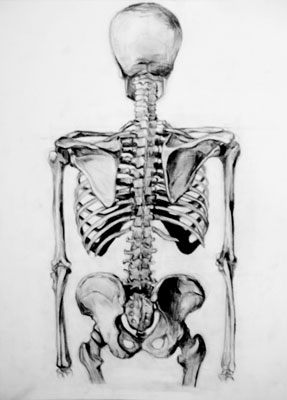All Nonfiction
- Bullying
- Books
- Academic
- Author Interviews
- Celebrity interviews
- College Articles
- College Essays
- Educator of the Year
- Heroes
- Interviews
- Memoir
- Personal Experience
- Sports
- Travel & Culture
All Opinions
- Bullying
- Current Events / Politics
- Discrimination
- Drugs / Alcohol / Smoking
- Entertainment / Celebrities
- Environment
- Love / Relationships
- Movies / Music / TV
- Pop Culture / Trends
- School / College
- Social Issues / Civics
- Spirituality / Religion
- Sports / Hobbies
All Hot Topics
- Bullying
- Community Service
- Environment
- Health
- Letters to the Editor
- Pride & Prejudice
- What Matters
- Back
Summer Guide
- Program Links
- Program Reviews
- Back
College Guide
- College Links
- College Reviews
- College Essays
- College Articles
- Back
Standing Strong MAG
The worst part of having a disease is that no one understands what it’s like. Sure, people sympathize and tell me that they are sorry, but they really don’t understand what I’m dealing with. They don’t understand what it’s like to be in pain all day every day. They don’t understand what it’s like to be so weak that I can’t support my own body weight. They don’t understand what it’s like to try to walk like a normal person even though my legs aren’t the same length. And they certainly don’t understand what it’s like to walk around with a twisted spine. Many people have the same disease as I do, but every case is unique.
I was diagnosed with scoliosis when I was ten years old. I went to my pediatrician for a check-up, and he noticed a peculiarity in my back. He sent me to for X-rays, and a few days later he called my mom to tell her that I had scoliosis.
In people with scoliosis, the muscles on one half of the back don’t grow and begin to latch onto the spine, while the muscles on the other half of the back grow normally. The muscles that cling to the spine cause the back to curve. Depending on the case, the spine may form an S or a C shape. This can cause an offset of other parts of the body, like the hips, legs, shoulders, and ribs. It also causes immense pain and decreased muscle strength. Some cases are hereditary, some are birth defects, and some are idiopathic (meaning the cause is unknown). I have idiopathic scoliosis; my back forms a narrow C shape. Because my shoulders, arms, hips, legs, and ribs are misaligned, I am extremely weak and in constant discomfort. Everyday tasks are often difficult for me.
After many check-ups, doctor visits, X-rays, and physical therapy sessions, I have learned to live with my disease. I know that it will never get better and that my back will never be “normal,” but I have the power to prevent it from getting worse. Over time, I have come to realize that my situation could be much worse. I’m lucky that I can run, walk, play, sing, dance, skip, jump, and swim, because some people can’t. Now I use my disease as a motivator. I know that I am stronger than my back and that nothing can stop me from doing what anyone else can do.
Maybe no one understands what it’s like to be me, but many are willing to stand by my side and support me when I can’t support myself, and that is more than I could ever ask for.

Similar Articles
JOIN THE DISCUSSION
This article has 4 comments.

1 article 1 photo 1 comment
Favorite Quote:
"And so she chose not to be a part of the kids who group together just to exclude others. They said 'poor girl, she's so lonely,' but she knows a secret. She knows who she is." - from Speaker for the Dead by Orson Scott Card